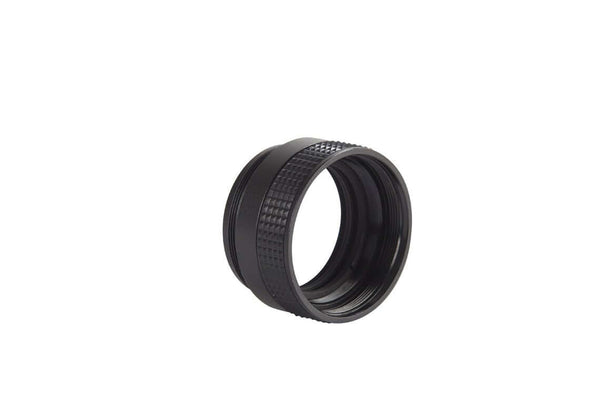



Why Purchase from All-Star Telescope?
Free Expert Support
Whether you are a first timer needing help with setting up or an enthusiast that can't quite make that one thing work, our expert staff are ready to support your needs. With decades of knowledge and first hand experience we've been there and we can help you through it!
Stress Free, Secure Transactions
You can trust purchasing and delivery with All-Star Telescope. All of our transactions are 100% secure and Level 1 PCI DSS compliant thanks to Shopify's ShopPay platform. For additional protection, we insure 100% of the value of every shipment we make. If it get's lost during shipment, we replace it. If it gets damaged during shipment, we replace it. We make sure your product arrives exactly as you would expect it to; we promise.
We also ensure privacy protection. We never keep any of your credit card information on file and any of your personal data is stored according to our policies.
30 Day Return Policy
Buy with confidence knowing that we accept returns up to 30 days after purchase. We want you to have something you will actually use and we are confident that we keep good quality products in our store with No Junk.
Price Match Promise
Shipping around for the best price is tough, we make it easier by offering the best pricing in the market. But if you find a better price on an in-store item somewhere else we will match it!
Product Description
Imagine having two telescopes in one — a long focal length instrument for lunar and planetary work and a short focal length scope for deep sky observing and astrophotography. With the Celestron Reducer/Corrector Lens, that’s precisely what you get.
Achieve shorter focal length
Explicitly designed for Celestron Schmidt-Cassegrain telescopes, this unique lens reduces your telescope’s focal length and f/ ratio by 37%, turning your long focal length telescope into a fast, short focal length instrument. A f/10 focal ratio now achieves a f/6.3, while an f/11 focal ratio now achieves a f/7. For visual use, this means you get lower power with the same eyepiece and a wider field of view. Photographically you also get a wider field and much shorter exposures.
How to Use
The Reducer/Corrector is easy to install by threading the unit onto the rear cell of your Schmidt-Cassegrain telescope (or the reducer plate of the C11 and C14). Once installed, you can add additional accessories like T-Adapters, 1.25” Visual Back, Star Diagonal, or Off-Axis Guider.
The Reducer/Corrector can also be used for terrestrial digiscoping. The faster f/ratio allows you to use slower film or shoot in lower light level situations and still properly expose your subject. This fully multi-coated lens provides maximum light transmission with near full-field illumination.
Place the plastic covers on the lens when not in use to reduce the dust collection.
Body
The lens is housed in machined aluminum for are machined aluminum black anodized. The internal surfaces are blackened and glare-threaded to provide the highest contrast. The lens has a knurled surface, providing a tremendous gripping surface for threading/unthreading.
Due to the design, the Reducer/Corrector lens does diminish a small amount of field curvature common to all Schmidt Cassegrain telescopes but does not eliminate it. High power views will provide flatter fields all the way to the edge, both visually and photographically.
Specifications
| Lens Coating: | Fully Multi-coated |
| Material: | Machined aluminum |
| Compatible: | Celestron Schmidt-Cassegrain telescopes (C5, C6, C8, C9.25, C11, C14) | No EdgeHD tubes |
| Dimensions: | 56mm (2.2") in diameter, 34mm (1.34") long |
| Weight: | 4.3 oz (121.90 g) |

